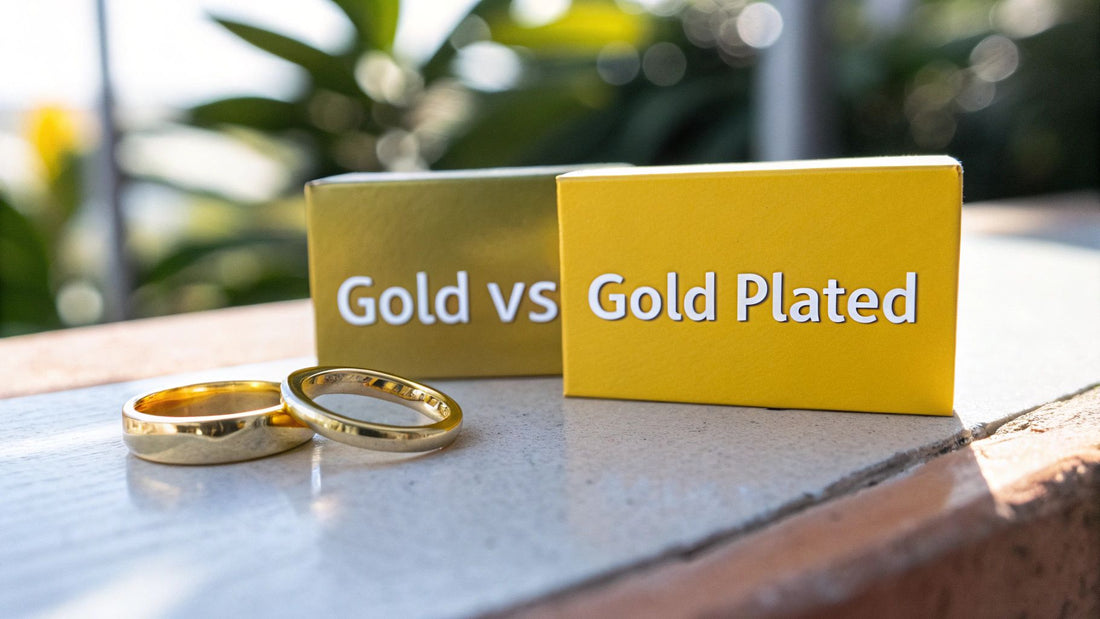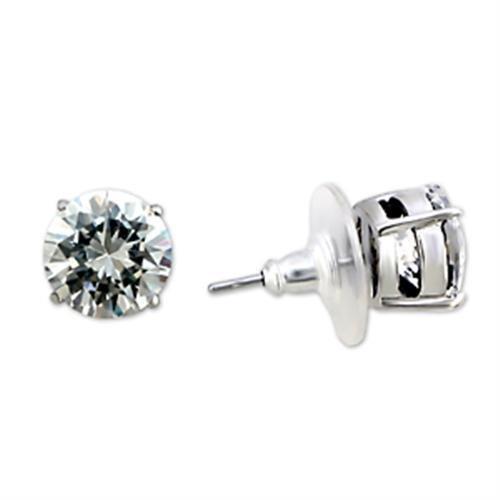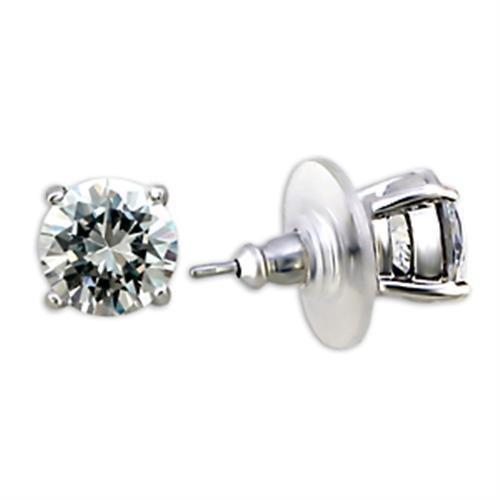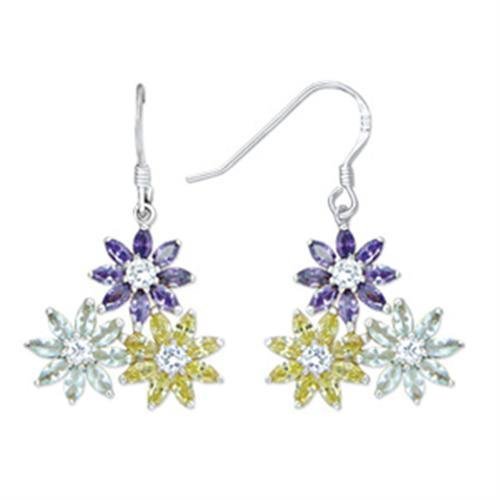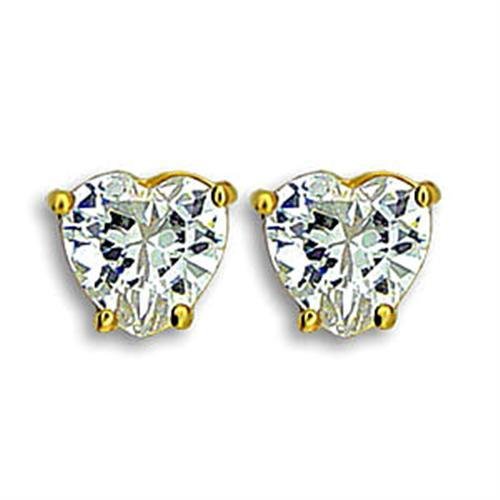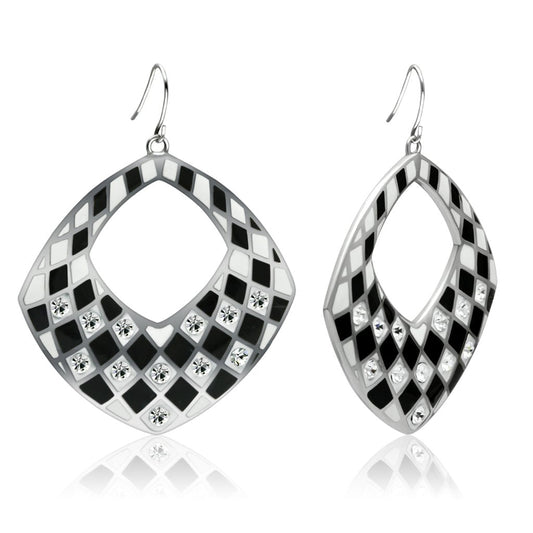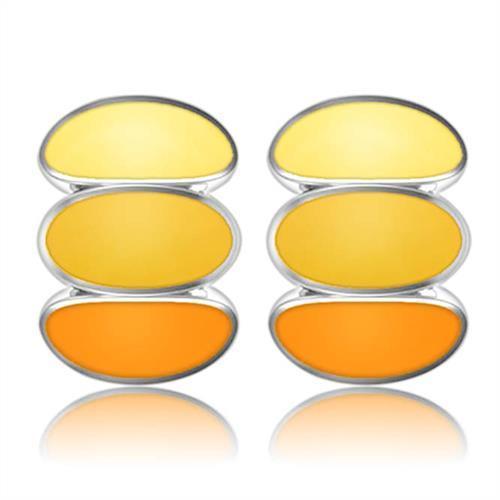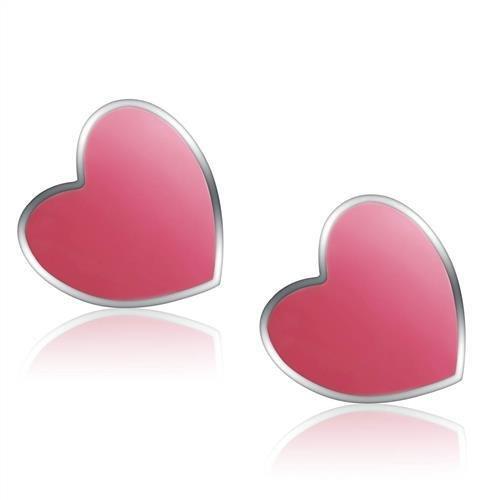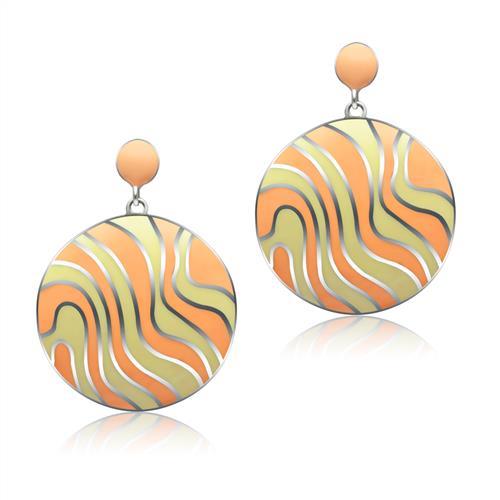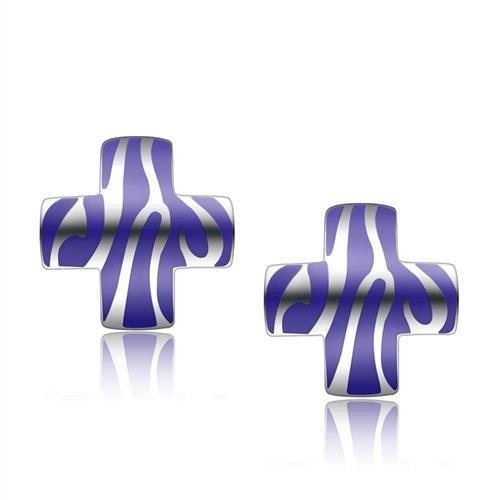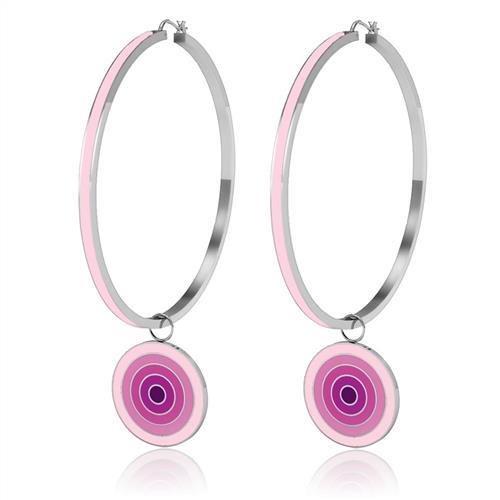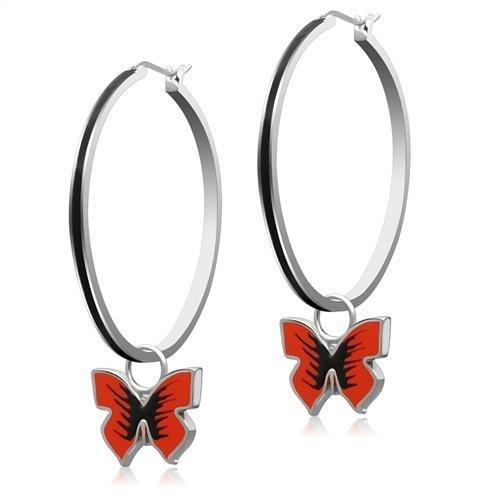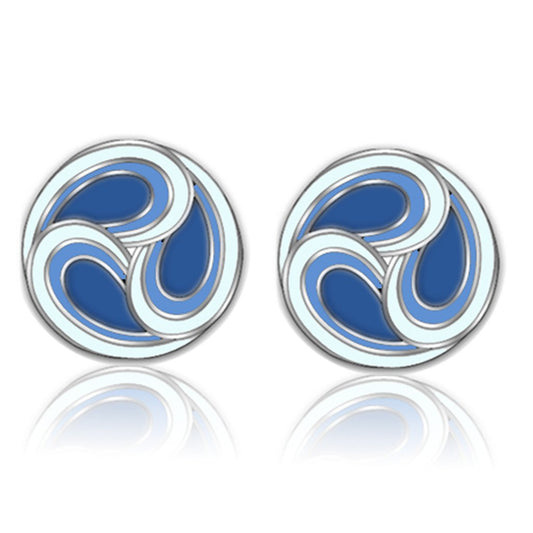The real story behind solid gold versus gold-plated jewelry boils down to one simple thing: what’s inside. Solid gold is a gold alloy all the way through, while gold-plated pieces are just wearing a costume—a microscopic layer of gold over a less expensive base metal like brass or copper. This single distinction is the foundation for everything else, from how much you'll pay to how long the piece will last.
Unpacking The Core Differences
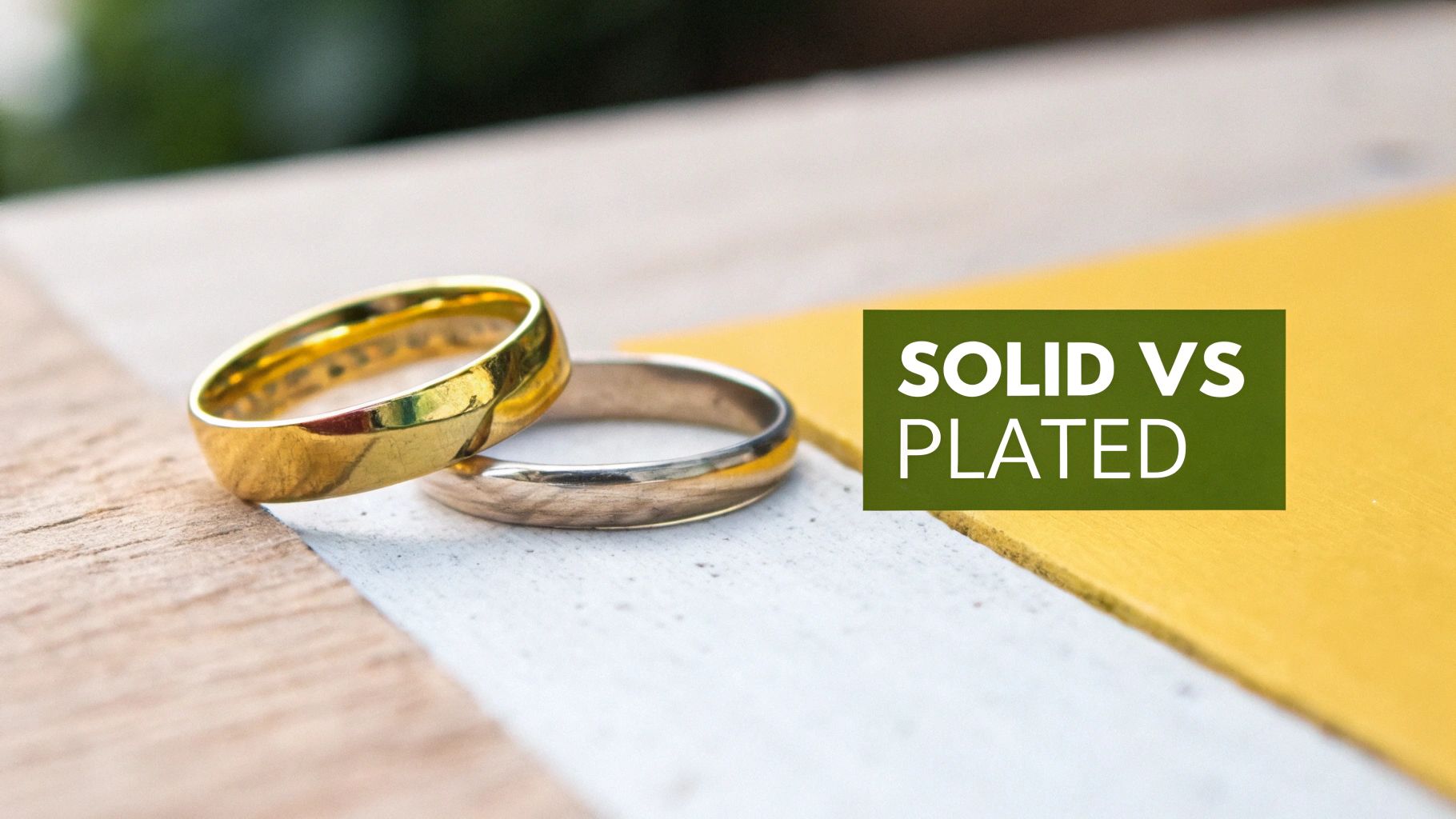
Think of it like comparing a solid oak table to one with a thin wood veneer. One is built to become an heirloom, holding its value for generations. The other gives you the look for a fraction of the price but isn't meant to last forever. Grasping this concept is the key to choosing the right piece for your wallet and your lifestyle.
Historically, gold has always been prized for its beauty and resistance to corrosion. Gold-plated items, on the other hand, made that luxe look accessible to everyone. The price difference is staggering—plated jewelry is often 10 to 100 times cheaper than its solid gold counterpart, depending on how thick that outer layer is. This affordability makes it the go-to choice for trendy, fast-fashion accessories.
Quick Comparison: Solid Gold vs Gold Plated
To make the choice even clearer, let's put these two side-by-side. This table gives you a quick snapshot of what you're really getting with each option.
| Attribute | Solid Gold | Gold Plated |
|---|---|---|
| Composition | Gold alloy throughout the piece | Thin gold layer over a base metal (brass, copper) |
| Durability | High; resistant to tarnish and wear | Low; layer can scratch, chip, or wear off |
| Value | High; retains value and is an investment | Low; has virtually no resale value |
| Lifespan | Lifetime; can become an heirloom | Short-term; lifespan depends on wear and care |
| Best For | Daily wear, heirloom pieces, investments | Trendy accessories, occasional wear |
This breakdown really gets to the heart of the matter and will help you weigh the more detailed comparisons that follow.
The critical takeaway is this: solid gold is an investment in longevity and lasting value, whereas gold plating is an investment in temporary style.
To truly appreciate the nuances, it helps to know what you're looking at. Learning how to tell real gold from fake is an essential skill for any jewelry lover. And if you want to get into the nitty-gritty of the plating process, check out our deep dive on https://preciouspulsejewelry.com/blogs/news/what-is-gold-plated.
Understanding Jewelry Composition and Craftsmanship
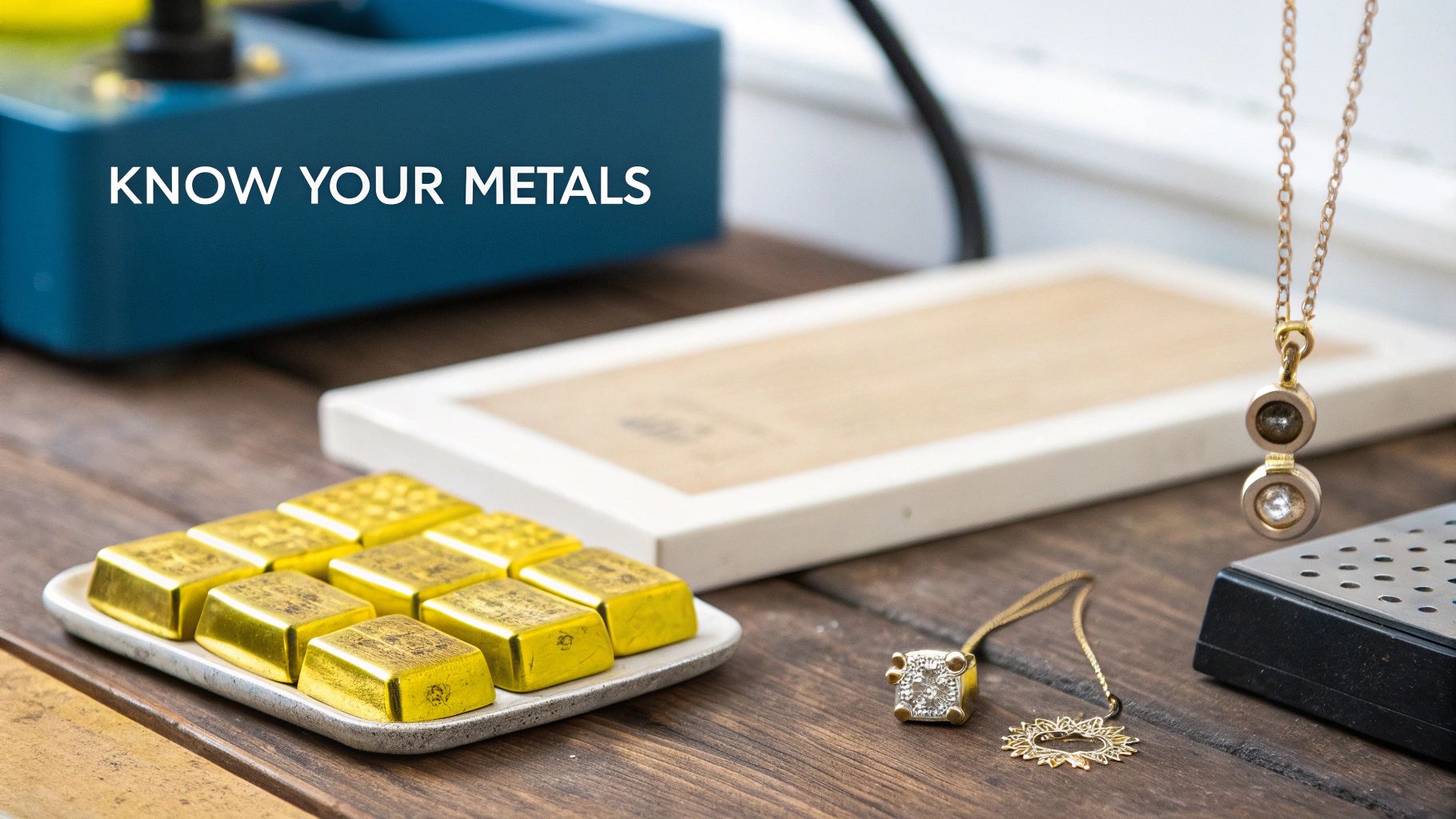
To really get to the bottom of the gold vs. gold-plated debate, you have to look past the shine and understand what you're actually buying. A piece's inner makeup—its composition and craftsmanship—is what determines how it will wear, how much it’s worth, and how it looks over time. It’s what separates a true heirloom from a trendy, short-lived accessory.
Solid gold is almost never pure gold when it comes to jewelry. Pure, 24-karat gold is so soft you could easily bend it with your hands, which makes it totally impractical for rings or bracelets you wear every day. To solve this, jewelers mix pure gold with other metals, called alloys, to give it strength and even create different colors like rose or white gold.
This is where the whole karat system comes into play.
The Karat System for Solid Gold
The karat (k) is simply a measurement of gold purity, with 24k being the top of the scale at 100% pure gold. As the karat number goes down, the piece contains less pure gold, but here's the trade-off: it usually becomes much more durable.
- 18k Gold (75% Gold): This is a beautiful sweet spot, offering a rich, deep yellow glow that feels luxurious. It strikes an excellent balance between purity and resilience, making it a favorite for high-end jewelry.
- 14k Gold (58.3% Gold): The undisputed champion of the U.S. jewelry market, and for good reason. It’s incredibly durable and stands up to scratches, making it perfect for pieces you never take off. Our guide on what is 14k gold dives deeper into why this alloy is so popular.
- 10k Gold (41.7% Gold): The toughest and most budget-friendly solid gold you can get. Its lower gold content gives it a paler yellow hue, but it's a workhorse that can handle just about anything.
Understanding the differences between 14k, 18k, and 24k gold is key to making an informed choice. Those other metals—like copper, silver, and zinc—aren't just filler; they're what give gold the strength to become a cherished piece of jewelry.
The Science of Gold Plating
Gold-plated jewelry, on the other hand, is made with a completely different philosophy. It's constructed through a process called electroplating, where a base metal like brass, copper, or steel is dipped into a solution containing real gold. An electric current is then sent through the bath, which causes a whisper-thin layer of gold to chemically bond to the surface.
The key differentiator here is thickness. This bonded gold layer is incredibly thin, measured in microns (one-millionth of a meter).
This thinness is the defining trait of anything gold-plated. The gold layer is usually between 0.5 to 5 microns thick, which works out to less than 1% of the item's total weight being actual gold. This microscopic coating is what makes plated jewelry so affordable, but it's also why it's far more vulnerable to wearing away over time. Knowing how this process works lets you read product descriptions with a critical eye and truly understand the makeup of your jewelry.
Upfront Cost vs. Long-Term Value
When you're weighing solid gold against gold-plated jewelry, the price tag is the most obvious difference. But don’t stop there. What you’re really looking at are two completely different philosophies of value—one is a lasting asset, while the other is an affordable ticket to current trends.
The upfront cost of a solid gold piece is straightforward: you're paying for the gold itself. The price is driven by the live market price of gold, the karat weight, and how much of it is used. So when you buy a 14k gold chain, a huge chunk of that cost—58.3% of its weight, to be exact—is pure, precious metal with real, enduring value. You’re buying an asset.
The Instant Gratification of Gold Plating
On the flip side, gold-plated jewelry is incredibly wallet-friendly. Why? Because its price isn't based on precious metal content. Instead, you're paying for an inexpensive base metal (usually brass or copper) and the manufacturing process. The gold layer is microscopically thin, so it barely moves the needle on the final price.
This makes gold-plated pieces like our Trendy Hoop Earrings perfect for playing with new styles without the financial hangover. You get that coveted golden look for a price that lets you build out a fun, versatile collection for every season.
Solid Gold: An Investment That Lasts
The true difference in the gold vs gold plated debate emerges over time. Solid gold isn’t just an accessory; it’s an investment. Because it’s made of precious metal, it holds its value remarkably well. It can be sold, melted down, and transformed into something new, retaining a good portion of its original cost—and it often appreciates as gold prices climb.
This makes solid gold the only real choice for pieces you want to last a lifetime and then some, like:
- Wedding bands and engagement rings: These are daily-wear symbols of a lifelong promise.
- Milestone anniversary gifts: A beautiful, tangible way to honor a special moment.
- Heirloom pieces: Jewelry you dream of passing down to the next generation.
Gold Plated: Fashion for the Here and Now
Think of gold-plated jewelry purely as a fashion accessory. Its value is all about its immediate style and affordability, not its material worth. Once that whisper-thin layer of gold inevitably wears off, it has virtually no resale value. The base metal underneath isn't precious, and getting it re-plated often costs more than the piece did in the first place.
Solid gold is like buying a classic, well-made leather handbag that you'll carry for decades. Gold-plated is like grabbing a fun, trendy tote for this season's beach trips. Both have their place, but you don't expect the same things from them.
In the end, it’s about matching your budget to your purpose. If you're looking for a forever piece, solid gold is the clear winner. But if you just want to accessorize your look for right now, gold-plated jewelry offers unbeatable style for the price.
How Each Type Wears Over Time: A Durability Showdown
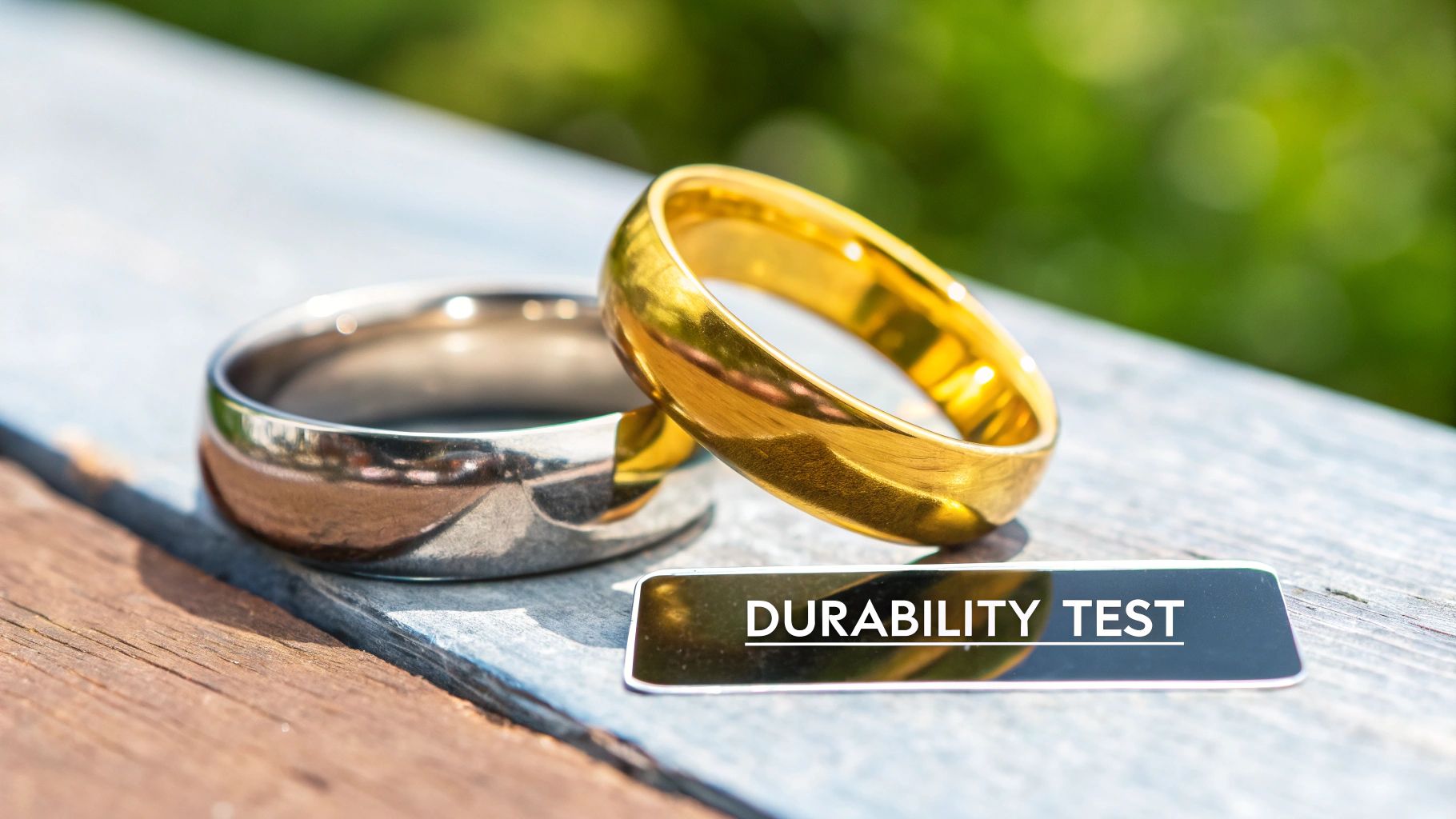
When you’re weighing gold vs gold plated jewelry, durability is where the two paths really diverge. How a piece holds up to the rigors of daily life is what separates a cherished heirloom from a fleeting accessory. The difference in their real-world performance isn't just noticeable—it's dramatic.
Solid gold is, without question, the champion of longevity. Because the piece is a gold alloy through and through, it’s exceptionally resistant to tarnish, rust, and color fade. A solid gold wedding band, for instance, can endure decades of hand washing, lotions, and everyday friction without ever losing its signature glow.
Karat Choice and Active Lifestyles
Interestingly, a higher karat doesn't always mean a tougher piece. Pure 24K gold is incredibly soft, making it prone to scratches and bending with minimal effort. This is precisely why 14K gold is so often the go-to for pieces meant to be worn daily. Its composition—a smart blend of 58.3% gold with stronger alloys—creates a resilient metal that’s perfect for active lifestyles, ensuring your jewelry stays beautiful through it all.
On the other side of the spectrum, gold-plated jewelry has a much shorter lifespan by design. That brilliant golden shine is just a microscopic layer of gold electroplated over a base metal like copper or brass.
The core vulnerability of gold-plated jewelry lies in its thin surface. With exposure to friction, moisture, and chemicals, this layer inevitably scratches, chips, or wears away, exposing the different-colored base metal beneath.
This wear and tear happens fastest on high-contact items. A gold-plated ring, for example, will quickly show its age from something as simple as frequent hand washing or typing on a keyboard. The friction and moisture accelerate the breakdown of that thin gold layer, leading to discoloration and a worn-out look in just a matter of months, not years.
Understanding Plating Limitations
While gold-plated pieces are wonderfully affordable, it's crucial to have realistic expectations. They're designed for occasional wear—think a special night out—not as permanent fixtures in your collection.
To get the most out of them, you'll need to be mindful.
- Avoid Moisture: Always take off plated jewelry before you shower, swim, or work out.
- Prevent Chemical Contact: Apply lotions, perfumes, and hairspray before putting on your plated pieces.
- Store Carefully: Keep items separated in a jewelry box to prevent scratching that can compromise the delicate plated layer.
For anyone looking for a happy medium between the fleeting nature of plated jewelry and the investment of solid gold, it's worth understanding the full range of options available. You can dive deeper into this in our guide on the difference between gold filled and gold plated jewelry. This knowledge helps set clear expectations, ensuring you pick a piece whose lifespan aligns perfectly with your habits so you won't be disappointed by its performance over time.
Proper Care to Extend Your Jewelry's Life
Whether you’ve invested in timeless solid gold or a trendy gold-plated piece, knowing how to care for it makes all the difference. Protecting your jewelry really comes down to understanding what makes each type unique—and vulnerable.
Solid gold is built for the long haul, making it a fantastic choice for everyday wear. Its natural resilience means it doesn’t tarnish or fade, even with exposure to water. To clean it, all you need is a simple solution of warm water and a few drops of mild dish soap. Just give it a gentle scrub with a soft-bristled brush, rinse it off, and pat it dry with a soft cloth. Easy.
Preserving Delicate Gold Plating
Gold-plated jewelry, on the other hand, is a different story. Its beauty lies in that thin layer of gold, but that’s also its greatest weakness. Preservation is everything.
The number one rule? Keep it dry. Always take off your plated pieces before you shower, swim, or work out. Moisture and sweat are the fastest ways to degrade that delicate finish.
Chemicals are the other enemy. A good habit to get into is making your jewelry the very last thing you put on.
- Apply First: Put on your lotions, perfumes, and hairspray before your jewelry. Let them dry completely.
- Wipe Down: After every wear, give the piece a gentle wipe with a soft, dry cloth. This removes the oils and residue that can break down the plating over time.
- Store Smart: Keep your plated items in a separate pouch or a lined jewelry box. This prevents them from getting scratched by other pieces.
When it comes to cleaning, never use harsh chemicals or abrasive materials. Our specialized Precious Pulse Jewelry Cleaning Cloths were designed specifically to lift away dirt without stripping or scratching that fragile surface.
The global market for gold plating chemicals hit USD 1.5 billion in 2023, a figure driven by industries that need gold's look and properties without its hefty price tag. As these market insights from Research Nester show, plating is engineered for function, not forever. This just reinforces why that extra bit of care is so important.
Jewelry Care Do's and Don'ts
Here’s a quick-glance guide to help you remember the essentials for keeping both types of jewelry looking their best.
| Care Action | Solid Gold | Gold Plated |
|---|---|---|
| Daily Wear | ✅ Do: Safe for everyday activities and wear. | ❌ Don't: Remove before exercising, sleeping, or manual tasks. |
| Water Exposure | ✅ Do: Safe for showering and swimming. | ❌ Don't: Keep it dry at all times to prevent tarnishing. |
| Cleaning Method | ✅ Do: Use mild soap, warm water, and a soft brush. | ✅ Do: Gently wipe with a specialized, soft, dry cloth only. |
| Chemical Contact | ⚠️ Be Cautious: Avoid harsh chemicals like chlorine. | ❌ Don't: Put on until lotions and perfumes are fully dry. |
| Storage | ✅ Do: Store in a jewelry box to prevent scratches. | ✅ Do: Store in a separate soft pouch to avoid friction. |
Ultimately, a few simple habits can dramatically extend the life of your jewelry. Solid gold is forgiving, but a little TLC keeps its luster bright. For gold-plated pieces, that gentle care is non-negotiable—it’s the secret to making fleeting beauty last.
Choosing the Right Jewelry for Your Lifestyle
So, how do you settle the gold vs. gold-plated debate for yourself? It really boils down to one simple question: what is this piece for? Think of it like choosing the right tool for the job. By matching your choice to the occasion, how often you'll wear it, and your budget, you can pick a piece that feels just right.
Solid gold is the undisputed champion for jewelry meant to last a lifetime. This is your go-to for the big moments—engagements, anniversaries, graduations—where the piece itself becomes part of the memory. It’s also the smartest investment for those everyday staples you never take off, like a signature necklace or a classic pair of hoops that will look just as good in ten years as they do today.
When to Go for Gold Plated
On the flip side, gold-plated jewelry is brilliant in situations where you want flexibility and fun without the financial sting. It’s the perfect way to try out a bold, trendy style you’re not ready to commit to long-term. Got a wedding or a fancy party coming up that needs a specific look you might only wear once? Gold plating gives you that high-impact shine for a fraction of the cost.
It's also the wiser choice for travel. You can accessorize your vacation looks without the nagging worry of losing something precious or sentimental. Gold-plated pieces deliver all the style with none of the high stakes.
Your lifestyle dictates the best choice. For a forever piece, choose solid gold. For a for-now piece, gold plating offers unbeatable style and value.
This infographic breaks down the essential care requirements to help you visualize the commitment each type requires.

As you can see, solid gold is pretty resilient and low-maintenance, while gold-plated pieces need a bit more mindful care to keep their finish looking fresh. By framing your decision around these real-world scenarios, you can move past a simple pro/con list and make a choice that actually fits your life. Whether you're investing in an heirloom or just accessorizing for the season, understanding these use cases is the key to buying smarter.
Got Questions? We’ve Got Answers.
Even after a deep dive, you might still have a few lingering questions about what it’s really like to own and wear these different types of jewelry. We get it. Here are some of the most common queries we hear, with straightforward answers to help you choose, wear, and care for your pieces with confidence.
Can You Shower Wearing Gold Plated Jewelry?
It's a definite no-go. We strongly advise against showering with gold-plated jewelry. Think of that thin gold layer like a delicate coat of paint—consistent exposure to water, soaps, and steam will wear it down fast.
When that happens, the plating can tarnish or erode completely, revealing the base metal underneath (which is usually a different color). To keep your plated pieces shining, always take them off before you hop in the shower, go for a swim, or work up a sweat.
How Can You Tell if Jewelry Is Solid Gold or Plated?
The first thing to do is play detective and look for a hallmark. These tiny stamps are usually hidden on the clasp or another out-of-the-way spot.
- Solid gold pieces are almost always stamped with their karat value, like 14K, 18K, 585 (for 14K), or 750 (for 18K).
- Plated items might be marked with abbreviations like GP (gold plated), GEP (gold electroplated), or HGE (heavy gold electroplate).
Next, give it a good visual inspection, especially around the edges. Plated jewelry often shows its true colors—literally—on high-contact points. You might see the base metal peeking through on the edges of a ring or the links of a chain. If you’re still not sure, a professional jeweler can do a quick acid test to give you a definitive answer.
A quick note on gold vermeil: it's a specific, higher-quality type of gold plating. To earn the "vermeil" title, the base metal must be sterling silver, and the gold layer has to be at least 2.5 microns thick.
This makes vermeil more durable and valuable than standard plating over brass or copper. But remember, it's still a plated piece, not solid gold. It requires the same gentle care to keep that beautiful gold layer from wearing away over time.
Now that you know the difference between gold vs gold plated, you can shop with the confidence of an expert, picking pieces that perfectly match your budget and lifestyle. At Precious Pulse Jewelry, we’ve curated a stunning collection of trendy, affordable accessories for every look and occasion. Why not explore our new arrivals today and find your next favorite piece?

